Automation of Product Registration
Why you should let your customers onboard themselves (by registering their newly purchased product through an automated process)!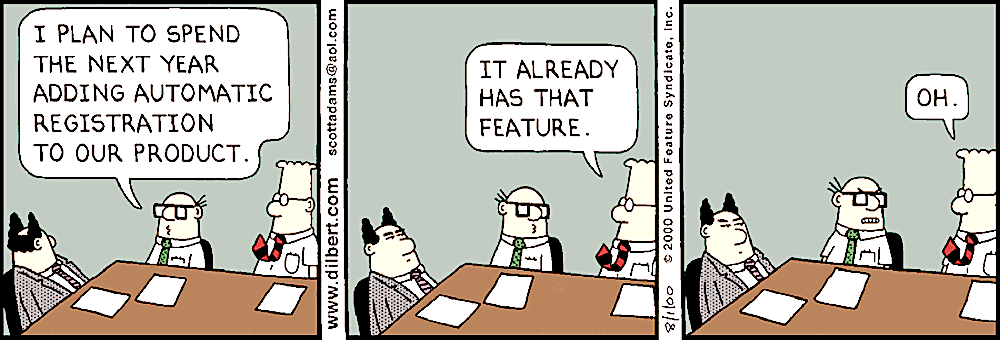
What’s the most important thing you do when unboxing a new electric/electronic product? Well after ogling the new product, I’d religiously extract the User Manual & Warranty Card for careful safekeeping.
If the product fails early in its initial years, running around trying to establish the proof of ownership including the date of purchase, is not going to be a pleasant activity. I am also a DIY guy, so should the product misbehave a few years down the line post warranty, I’d like to read up the specs again before opening it up.
It’s also the time and age when we take these for granted. The sales channel (be it a brick and mortar store or an ecommerce seller on Amazon) is supposed to have the data with them, to be able to respond to the product service team’s requests for the proof of purchase.
Let’s list a few inconvenient situations when it comes to the product warranty card - the warranty card is either lost or misplaced; the sales channel has shut shop; no invoice (product was a gift); etc.
Those are just a few scenarios the buyers could encounter. What about the manufacturer? Or the retailer? They expect the buyer to provide the ownership records. Can they deny service if it can’t be proven, in the age of social media, where #boycott trends are more viral than the Novel Corona? Clearly there are forensic ways to prove it (when did the burden of proof shift to the seller…); but how can the records be fetched from the sales channel that has shut shop, for instance?
Opportunity lost!
What about the ability to cross or up-sell? Can manufacturers afford their customer data to be sitting in the sales channel partners’ CRM systems? These are mined from the purchase / invoice records of channel partners only on a need to know basis. What about having the ability to launch a customer survey to evaluate a new product’s market fitment? And what about loyalty programs? Are all of these opportunities going to be channeled away too?
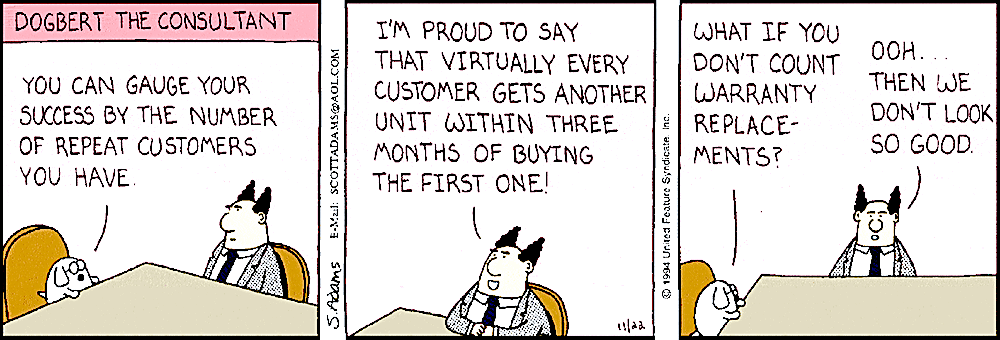
Nudge theory
The ideal scenario is one in which the customer data starts streaming in and populates themselves within the ERP / CRM database of the manufacturer. What could trigger such an event? Who could be the actors? And why would they trigger it? How can this be incentivized for them?
When a newly purchased product is unboxed, this event could be triggered by the customers or the end users themselves. They could be nudged to trigger this event for several immediate & future benefits - starting from being able to download the User Manual! Even the Warranty Card should kick into effect right away. Some of the future benefits could include product updates, invites to events in the peer community (think OnePlus), upgrade options for early adopters, etc.
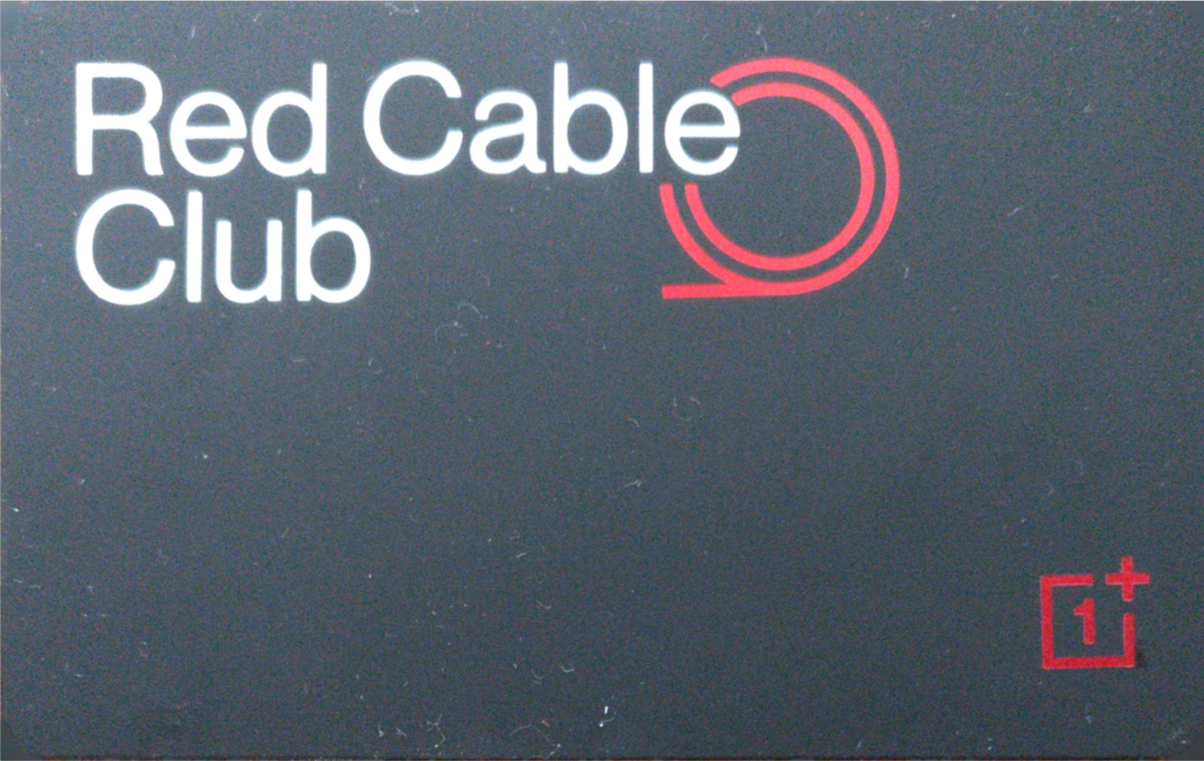
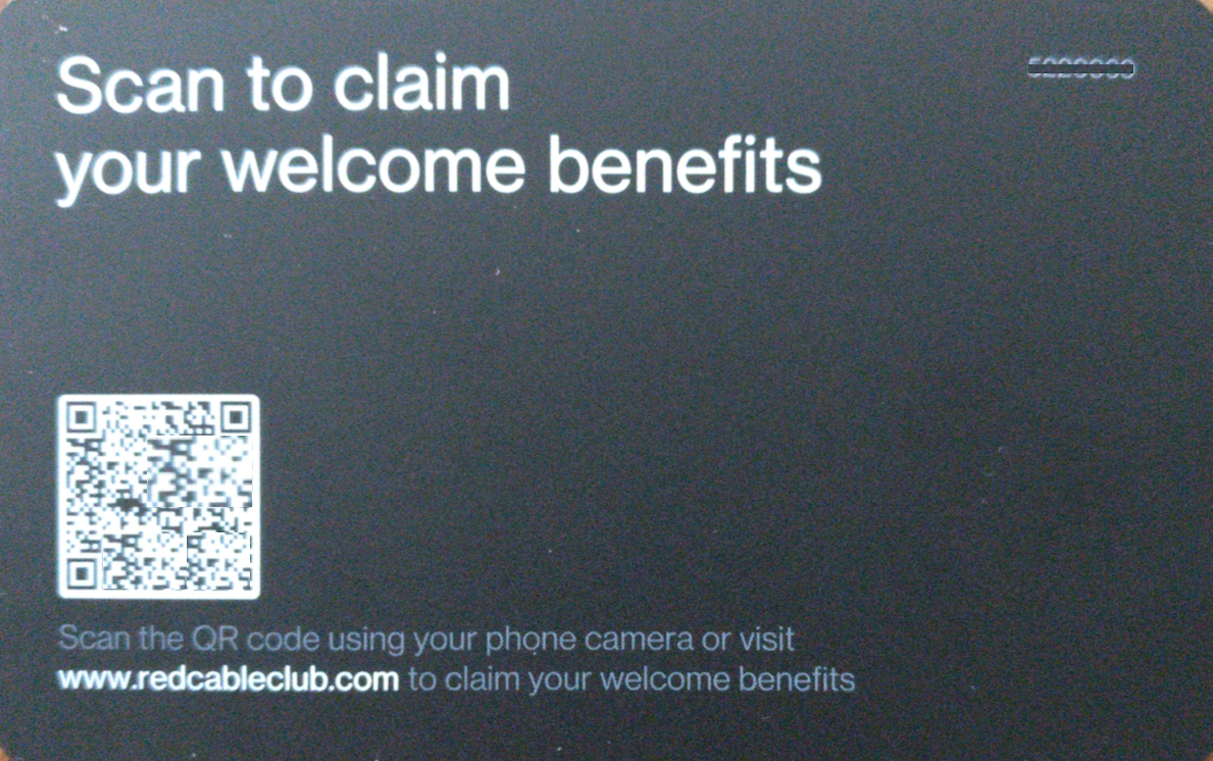
Belling the cat
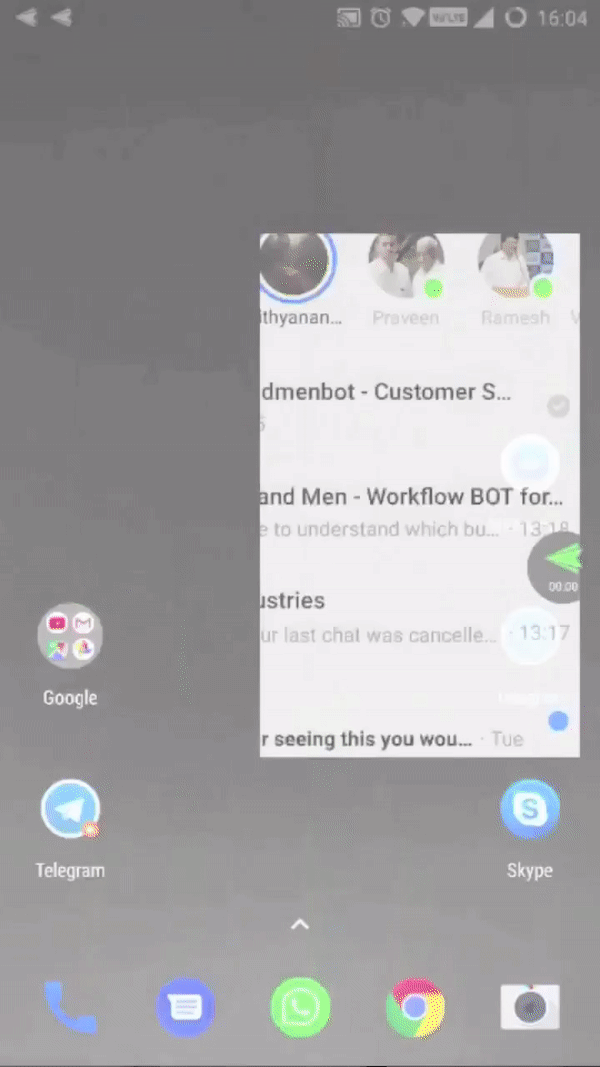
Visualize the next few steps. Your customer has a newly purchased product sitting on his desk, waiting to be unboxed. Even before opening the package, she notices a QR Code asking to be scanned in order to get the e-warranty card and the user manual. She scans the QR Code, and the mobile browser recognizes the link & opens a social media app (let’s say Meta’s Messenger). The product manufacturer’s page on Messenger starts an automated chat with her. It welcomes her and pulls up her profile data, asks for a confirmation of her name, email address and contact information (which are already a part of her Facebook profile).
Once she confirms her details, she is asked to scan the product barcode. She does that by uploading a camera image of the barcode printed on the product. This completes the product registration process. The backend system has validated the product purchase with the sales channel’s ERP system or at least scheduled a verification process for a nightly batch job. The chat ends with links to view the e-warranty and user manual, specific to the product.
The new customer’s data is published to the manufacturer’s ERP systems through API calls, by the time the chat conversation ends. There are no loose ends.
Does this sound difficult or complex to implement? On a difficulty scale of 1-10, deploying this would rate 2-3 (implying that it is quite easy).
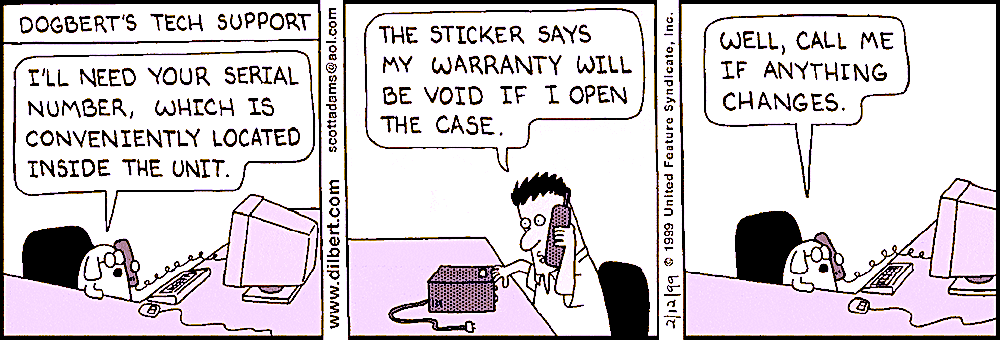
How much time would this take to implement? This can be achieved in less than 30 minutes (if the backend systems are in place and already talk to the channel partners’ IT systems). Even otherwise, it should take less than a week involving just a couple of the backend systems SPOC.
There are a few solutions already in use by manufacturers, with integrations into their website. But that involves the customers to read the barcode correctly and type the number on the website. There could be challenges validating their email or contact details too. What happens if their contact number changes over the years? However, social media handles usually don’t change.
What does it take?
Instead of printing the warranty cards and user manuals, only the QR Code (the link to the manufacturer's social media page) needs to be printed across all the products and their variants. No customisation overheads with a simpler operations process.
Transitioning into this workflow is non-disruptive. Printing the QR Code on the products is all it takes to get started. Once the already printed warranty cards and user manuals are exhausted, they need no more re-printing.
QR Codes for one or more of the manufacturer’s social media pages or handles can be printed, to make it easy for customers to use a digital channel of their choice (Messenger, Instagram, Whatsapp, Twitter, Telegram, or even Web-chat).
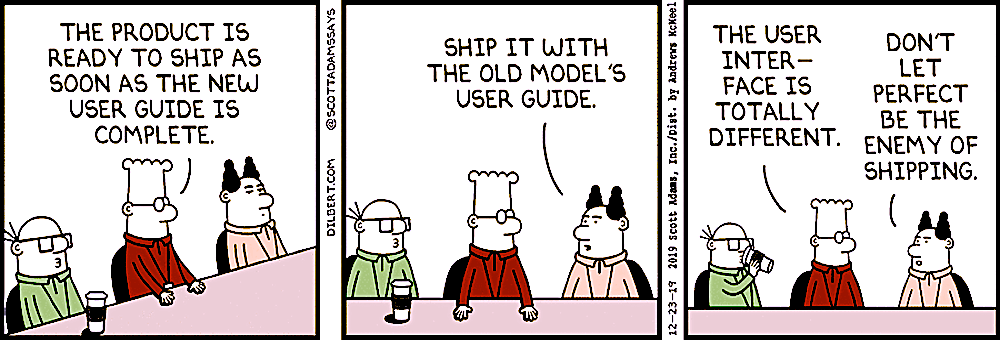
The benefits
Here are some that can be realized right from Day 1 of implementation:
Customer data starts streaming in right before unboxing begins. Dependency on channel partners for customer data is significantly lowered. Accuracy of the customer data is guaranteed, so the sales teams’ loyalty campaigns are more effective. Easier 24x7 access to documents for the customers.
And some of the benefits to be realized down the line:
Zero cost of printing Warranty, Manuals, etc. Less overhead on managing the logistics of printed collaterals. Simpler process for the retailers / channel partners.
If you’re wondering what it takes to set up a chat automation, check out this article on Product Discovery Automation.
And here's a video that demonstrates how an automated product discovery flow could look like.
Summary
Chat Automation with a Customer Onboarding Template based on Product Registration flow delivers higher NPS / CSAT scores, lowers OpEx, reduces friction in your downstream processes, improves your brand image, increases Repeat Sales, eases Inside Sales, reduces backend systems sync-up time & costs, and a lot more.
With API calls to any CRM or ERP software you may be running (like SAP, Salesforce or Hubspot), your customer success team, apart from the marketing & sales teams, can be on top of your customers data in real time, while also being able to view the chat transcripts of each completed conversation inside your account with The Right Hand Men.
Share this article: